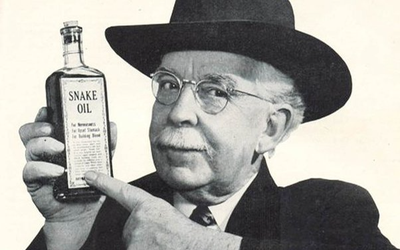
How can you pass 1500?
U1500 game analysis and resultsSub 1500 Games Study
Hello lichess community!
As many of you probably know, a few days ago I published a post where I went through some games played between players below 1200. I gave some statistics on them, noticed the kinds of mistakes that they tend to make, and then gave my thoughts on how they could improve.
The link to that post is right here:
ChessMathNerd's Blog • How can you pass 1200? • lichess.org
Today, though, we have a different set of games, and a different set of players. This is the U1500 group.
At this level, the players are really starting to begin to grasp chess a little more deeply. They enjoy sacrificing, know most of the basic checkmate patterns, and have some opening knowledge.
This was a very interesting study to do! It helped me see what the actual differences between 1200 and 1500 are.
Crunching the data
So here is how the process works. I went to a rapid arena and watched the players play. I then browsed through the standings after it was over and found 10 games that were played between two players both rated under 1500, and both rated over 1200.
I then put these ten games in a study, and had stockfish give a full analysis of each. I then went through the games, looking for errors.
The results
Here is what I found.
The U1500 group committed 54 blunders in total, over the 10 games. That comes out to 5.4 blunders per game, and 2.7 per player per game.
This is significantly more accurate chess than the U1200 group, which had 63 blunders total, and made 6.3 blunder per game, and 3.2 blunders per player, per game. So already, we have our first difference.
This should come as no surprise, since higher rated players tend to blunder less than lower rated ones, as a natural consequence of their strength. This is far from all I discovered however.
In the U1200 study, of all the blunders committed, 37 of them, (59%), were just straight up blunders of material, where one side made a mistake, allowing the other side to get a winning material advantage, or deliver checkmate.
In the U1500 group, there were 30 of these blunders, comprising 56% of the total blunders. However, there were two other groups of blunders which caught my attention.
1. Unsound Sacrifices. As I said in the beginning, these players like to sacrifice, and that resulted in some games having sacrifices, most of which were incorrect. I found 3 of these instances, which is a lot considering that in many games, there is not even an opportunity for a sacrifice.
2. Big Positional Errors. This was by far the largest set of mistakes that these players made. For example, one game opened with the following moves. 1. e4, e5. 2. d4, d6!? It's not a losing move for black, but it gives white a lot of initiative by exchanging the e pawns and then queens. This type of thing, and much more serious things like it, were prevalent in most of the games I looked at.
That was a lot of information, so let's sum up the results:
1. The U1500 group blunders significantly less than the U1200 group, about one blunder less per game, on average.
2. The U1500 group has a slightly smaller percentage of blunders that drop material, 56% as opposed to 59%. They tend to make incorrect sacrifices a lot. This does drop material, but since it is intentional, it goes in a separate category.
3. The U1500 group makes a lot of positional errors, which sometimes end up deciding games. In the U1200 group, there were positional errors too, but they were irrelevant because so many other kinds of blunders happened. that is no longer the case in some games in the U1500 group.
How to improve?
Ok, so you have now passed the U1200 rating. Congratulations! As I said before, you are now beginning to understand some of the deeper aspects of chess, and have more ideas of your own.
It is time to tame yourself, so that you don't play too recklessly. It is also time to start honing your tactical skills to the point that will propel you past the 1200-1500 rating.
At this point, like before, tactical awareness is probably your biggest problem. You may get into winning positions often, only to blunder a piece and end up losing the game. Practicing puzzles, checkmates, and doing several runs of puzzle racer/storm everyday, will help you a lot over time.
Secondly, there is the positional element. The idea of having better pieces instead of more pieces. It is time to start understanding this a little bit more.
I don't know the very best technique. It probably depnds on the player, but I will say this. The way I did it was through finding a youtuber who likes positional chess and could help me through his videos. For me, that was @Chess-Network. He is a very strong, and very positionally minded player who streams and plays on youtube. Watching his blitz videos may help the players in this range. Other youtubers that could be useful are EricRosen and SaintLouisChessClub.
Conclusion
We went over some the differences between U1500 games and U1200 games. I then talked about how I believe the players in the rating range 1200-1500 can improve, by doing tactics every day, playing games, and maybe finding a youtuber with good chess content who they can watch. I hope that you enjoyed this post and maybe took a thing or two away with you. I hope to do the U1700 Games post in the next week. Until then, good luck!
Bye
You may also like
 thibault
thibaultHow I started building Lichess
I get this question sometimes. How did you decide to make a chess server? The truth is, I didn't. IM nikhildixit
IM nikhildixit3 Unique Stalemates Under 20 Moves
When I showed these games to my students, they were unaware of these stalemates. I thought to share … thibault
thibaultHow to create a Lichess bot
Well, it depends. On you. ChessMathNerd
ChessMathNerdHow can you pass 1200?
U1200 Game analysis and results CM HGabor
CM HGabor